As Standard formats come and go, those of us looking from the outside in can generally see some patterns emerge. There is a fairly regular rotation of archetypes that are featured or supported, and as new sets enter the format, these can either become bolstered or forgotten about. Typically, these stock archetypes are common draft archetypes, such as green-based +1/+1 counters or Izzet Spellslingers; staple deck building philosophies that span across formats and playstyles that any Standard player should already be familiar with. Today, we’re looking at one such strategy, a deck that phases in and out of popularity and power level but dominates its own niche corner of any metagame that it’s involved in when the pieces are available. Let’s dive into Orzhov Aristocrats.

Budget Standard Orzhov Aristocrats by Darren Magnotti
Creature (32)
Sorcery (4)
Instant (2)
Note: Each Standard deck covered in this series is built at the time of writing to somewhere around a $50 to $70 budget, though is also mindful of MTG Arena wildcard counts as well. This is in attempt to keep things reasonable for those who are actually looking to buy into the format on the cheap while not skimping so much that the deck is completely without the power to keep up. Every deck showcased in this series has been personally tested and is being shown off for a reason, whether it’s the decks competitive aptitude, its ability to transition easily into a nonbudget version or its capacity to teach a newer player a vital skill required to keep up in today’s competitive metagame.
Orzhov Aristocrats is a synergy-driven creature deck that isn’t so much dependent on combat as it is on generating value by having its own creatures die. A typical Aristocrats deck will depend on creature tokens for generating card advantage and cards that reward you when creatures die for creating a win condition, usually in combination with cards that allow you to sacrifice a creature in order to net some effect.
The original iteration of what we now know as the Aristocrats deck came about during Innistrad Standard, when cards like Doomed Traveler were being sacrificed to Cartel Aristocrat and Falkenrath Aristocrat (where the deck name comes from) in order to trigger Blood Artist. This self-sacrifice theme has been around the game for many years prior to that, but this Blood Artist-driven build marked the deck’s initial burst of competitive success.
While there isn’t a straightforward primary game plan so to speak, the deck relies on the methodology of “death by a thousand cuts” rather than any specific combo. Many of the individual pieces in the deck offer redundancy rather than a singular impactful play, which makes the deck difficult to contend with because its weakness isn’t obviously apparent. While some previous versions of the archetype featured reanimation as a key theme, see for example the Four-Color Rally the Ancestors decks in Magic Origins Standard, its not nearly as integral to the concept as a whole. Aristocrats is an incredibly flexible deck, and can exist in almost any environment, which helps make it a staple strategy across Standard rotations.
The primary foundation that an Aristocrats-style deck is built on is a suite of cards that replace themselves when they die. Like the original Doomed Traveler, today’s list is leaning heavily on the likes of Doomed Dissenter and Resolute Reinforcements, cards that create two creature bodies for the cost of one card. These two pieces offer a source of card advantage, as in today’s Standard metagame there aren’t very many ways to clear out an entire board full of spammy creature tokens, so these midrange decks that we see dominating need to trade two of their removal options for one of our cards.
The deck also utilizes the new Cult Conscript, an aggressive early turn attacker who can come back again and again in order to help fuel the sacrifice themes as well. One of the less conventional methods of netting death triggers is by way of Jadar, Ghoulcaller of Nephalia, whose decayed Zombie tokens can attack in for free each turn in order to sacrifice themselves during or after combat, trigger all of the payoff cards and come back for round two at the end step. The density of cards in this role really showcases just how necessary it is to the deck’s overall success, as the ability to reliably net multiple triggers from the other role players can fuel a cascade of value that an opponent will likely not be prepared for.
To ensure the consistent triggering of the cards in the payoff suite, most Aristocrats decks rely on a small handful of cards who sacrifice creatures as a cost to net some beneficial effect. To this, the deck features two separate branches of effects to make death happen reliably. The first half of the equation acts as the deck’s removal suite, in Rite of Oblivion and Benalish Sleeper, who both can take out one opposing creature or permanent at the cost of a creature from your side of the board as a one-shot effect. While initially designed as symmetrical effects, both of these cards are able to “trade up” by trading a token for a more impactful card from the opponent’s side of the board. Rite of Oblivion specifically is huge in this deck as its flashback functions as eight copies of the same powerful spell.
One of the quirks of the current Standard environment is that the relative lack of strong sweeper-style removal means that players are more inclined to go all-in on a singular threat. Cards like Sheoldred, the Apocalypse, Titan of Industry and Reflection of Kiki-Jiki are all hugely impactful cards that can take over a game in short order if left unchecked, and Rite is one of the cleanest answers to all of them while providing huge benefit via its downside.
The other half of the sacrifice package is the ability to repeatedly sacrifice a creature for a much bigger upside. Dockside Chef can turn one of the deck’s free tokens into a real card in hand, which while slightly expensive is premium in response to removal or when used to mess up combat math. Aron, Benalia’s Ruin on the other hand can turn a crowd into an army in short order, culling the weakest of the ranks in order to give the rest of the team a permanent buff.
Traditionally, these multi-use sacrifice outlets have been things that are rather innocuous looking and thus get the opportunity to sit around on the battlefield for several turns, netting more and more value until the opponent catches on to what they’re up to, so a devastating effect like Aron’s might put a bit of a target on his head more than the cards in this role might be used to. However, as previously mentioned, one of the keys to this specific build’s strength is its overall redundancy, and not having to rely on one singular card in order to get a job done.
Finally, we come to the payoffs for building around this motley crew of draft chaff. While the value generated on the face of each of the engine cards is nice, in combination with the cards in this section, the effects compound and multiply quickly. These are the cards that turn one small action into a snowball of advantage barreling down toward the opponent at high speeds.
Lunarch Veteran, while not wholly impressive at first glance, does a tremendous job of buying extra turns as the game goes on. Casting one in the early turns will create the necessary life buffer that will eliminate some of the more traditionally difficult choices rolling into the midgame. By that, I mean that the incidental life gain provided by this card can often be the difference between needing to chump block with a sacrifice outlet in order to stay alive and tanking an attack to get the full value out of your creatures. Elas il-Kor, Sadistic Pilgrim fills a similar role while doubling up as a clock to put the pressure on the opponent as well. While the single point of life loss doesn’t seem like a lot on its face, its important to remember that the deck’s overarching plan is to deliver that death by a thousand cuts feeling. Combined with some early chip damage from token attacks and a large alpha swing in the later turns fueled by Aron, the deck is fully capable of closing out a game on its own terms. In other words, you still have a thousand dollars whether it’s in 100s or pennies.
In order to keep this engine of death fully fueled, this build of the deck is taking advantage of one of the slots commonly seen only in Standard variants of the archetype, which is a three-mana card draw effect. Morbid Opportunist may not seem incredibly strong with its cap on one card per turn, but between having no additional downsides (previous versions of this effect have had life loss stapled to them, such as Midnight Reaper) and being able to stack while triggering on each players’ turn, there’s not a whole lot of missing out here. Making sure that there’s a constant stream of cards in hand if pivotal to the deck’s success, as ultimately Aristocrats plays a game of resource accumulation and having access to more cards than the opponent sees in a game will typically put you on the right track.
So as mentioned above, the current Standard environment is actually fairly weak to a deck like Aristocrats, whose individual pieces don’t matter a whole lot to the overall plan and where each card nets about a card and a half’s worth of advantage on a bad day.
There are a hundred choices to make each turn, so while the deck could be seen as rather mentally taxing, it offers a stimulating experience that’s relatively detached from the otherwise homogeneous midrange grindfest that the current Standard offers. It attacks from an angle that some decks just aren’t prepared for, and offers clean answers to some of the format’s biggest threats while not particularly caring about most of the answers that opposing decks are packing.
While I’m not convinced that the deck is in a position to take over the format or anything, I do think that it’s an incredibly strong option that’s being completely overlooked at the moment. When individually powerful cards like Liliana of the Veil and Fable of the Mirror-Breaker are available in Standard, they frequently overshadow these more synergy-focused decks because they aren’t as flashy, but all I can say to that is if it works, it works, and from what I’ve seen, Aristocrats works.

Standard Orzhov Aristocrats by Darren Magnotti
Creature (28)
Sorcery (4)
Artifact (2)
Enchantment (3)
Land (23)
Moving out of budget land, the deck has a lot of upward room for growth. Between the classic midrange threats that currently dominate the format in Liliana of the Veil and The Meathook Massacre, there’s no shortage of expensive mythics that the deck can take advantage of. Meathook in particular is of excellent use here, as casting it for X=0 can be highly advantageous as it acts as a second copy of Elas il-Kor.
You also have the potential to pivot away from the creature-focused plan towards a more planeswalker-oriented one out of the sideboard in order to help cancel out some of the removal that’s sure to be brought in during the midrange mirror. While sideboarding into an established archetype may not be nearly as good as just being that established archetype, it can certainly catch some people off guard as transformational sideboards aren’t nearly as popular these days as they used to be. Taking advantage of this rogue element Game 1 can absolutely swing an otherwise unfavorable matchup because the main deck configuration isn’t something that the opponent was prepared for.
Anyway, that’s all for this one. The current Standard environment is actually incredibly appealing both from a brewers’ and a players’ perspective, and I’m looking forward to really getting into it a bit more in the coming days. The Standard format also allows for some of the cheapest decks I’ve ever worked with (today’s was only $29!), which thrills me to my very core. Until next time, stay safe, play smart and thanks for reading.


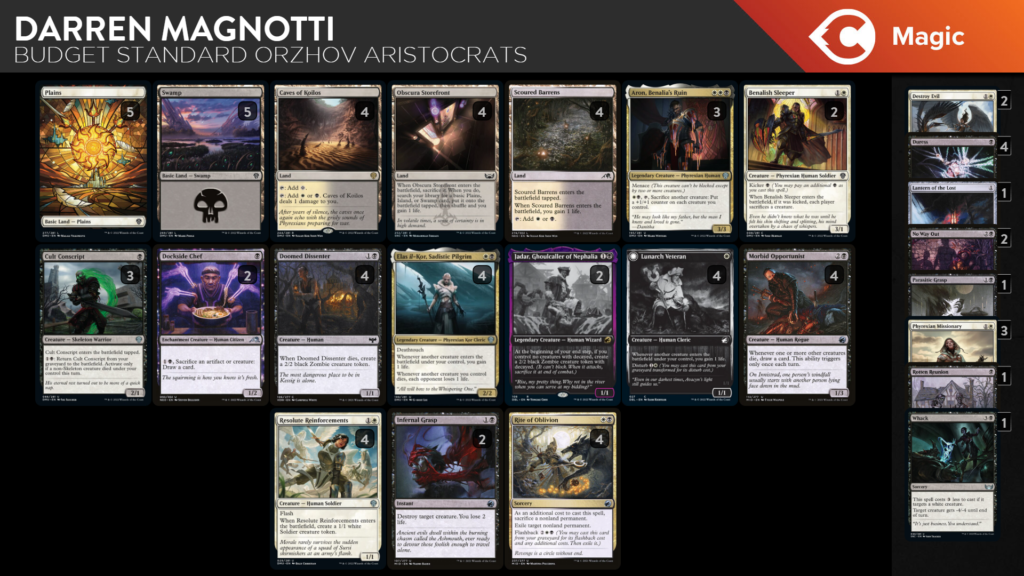


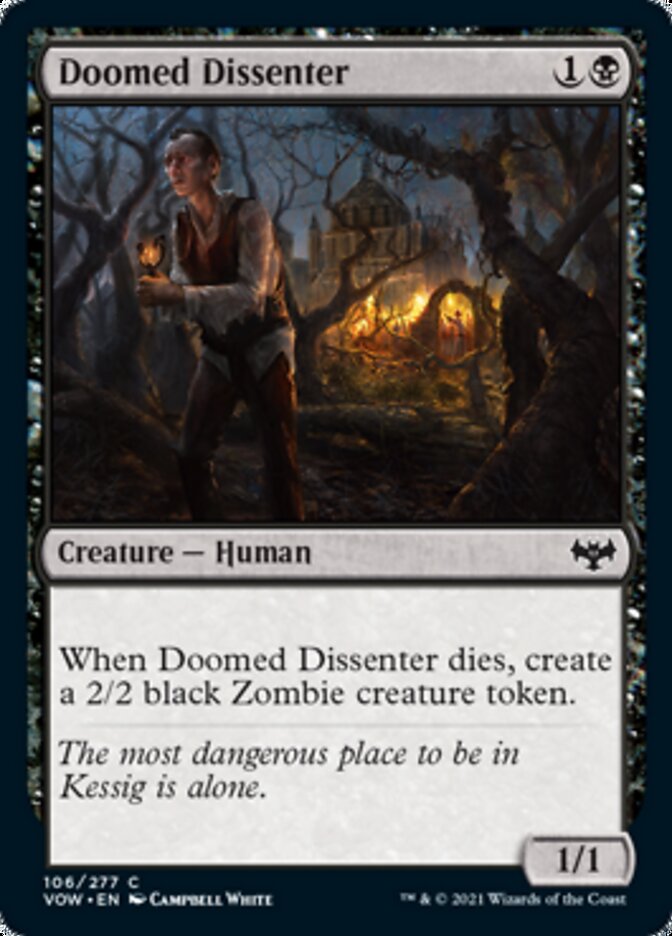
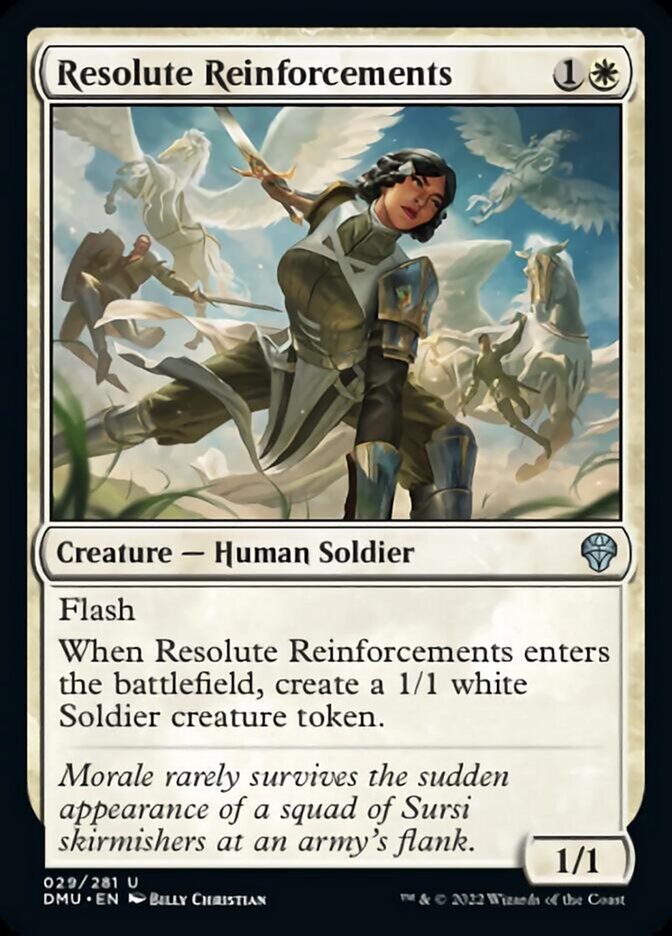
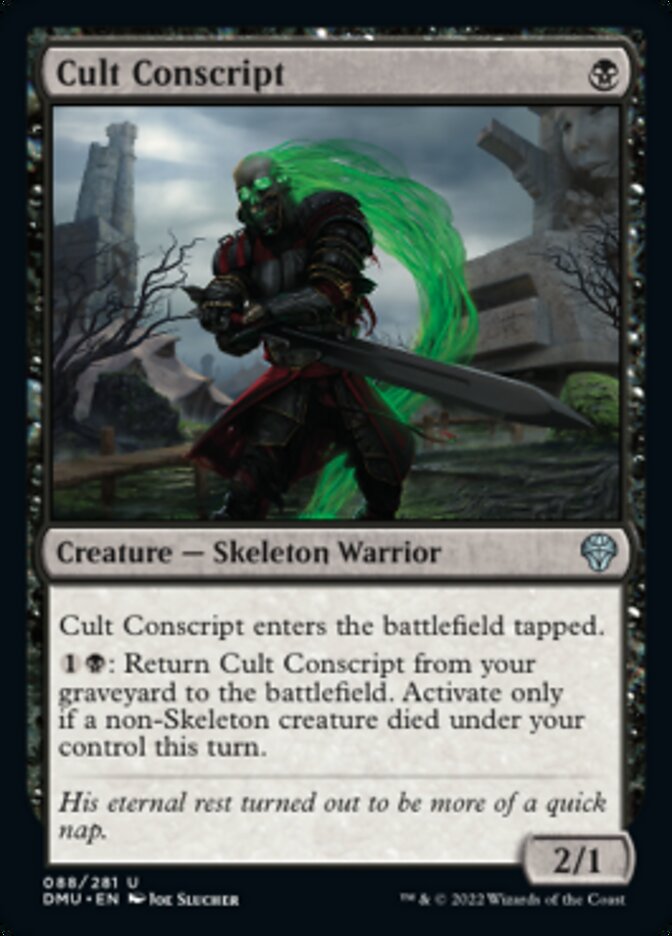
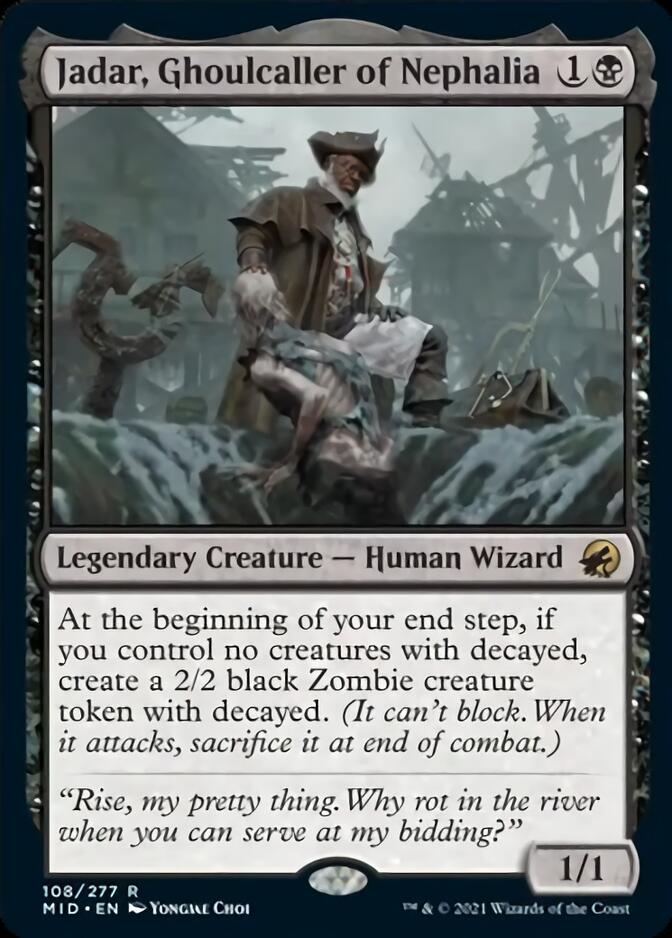

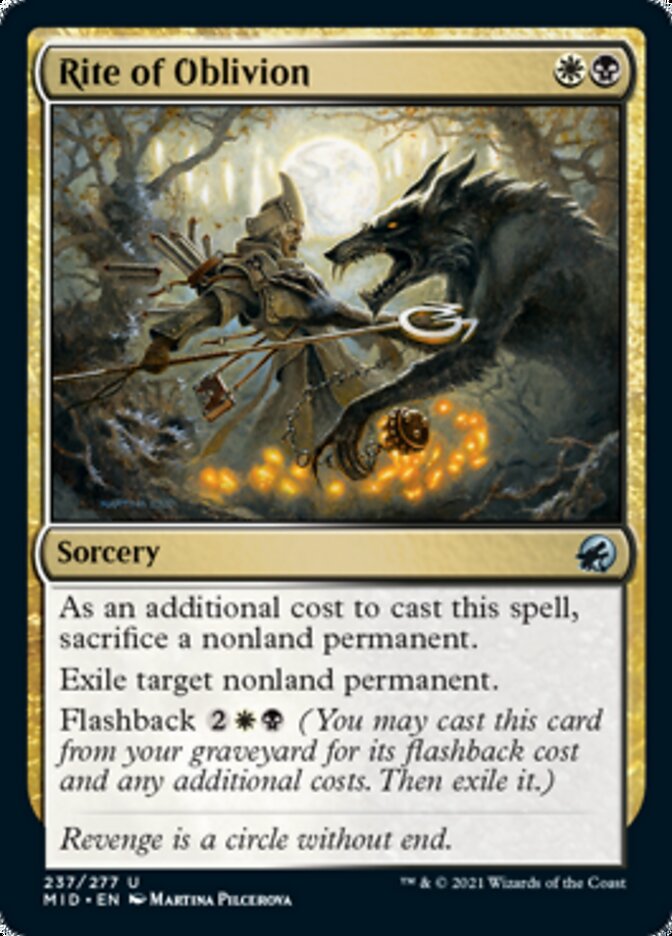
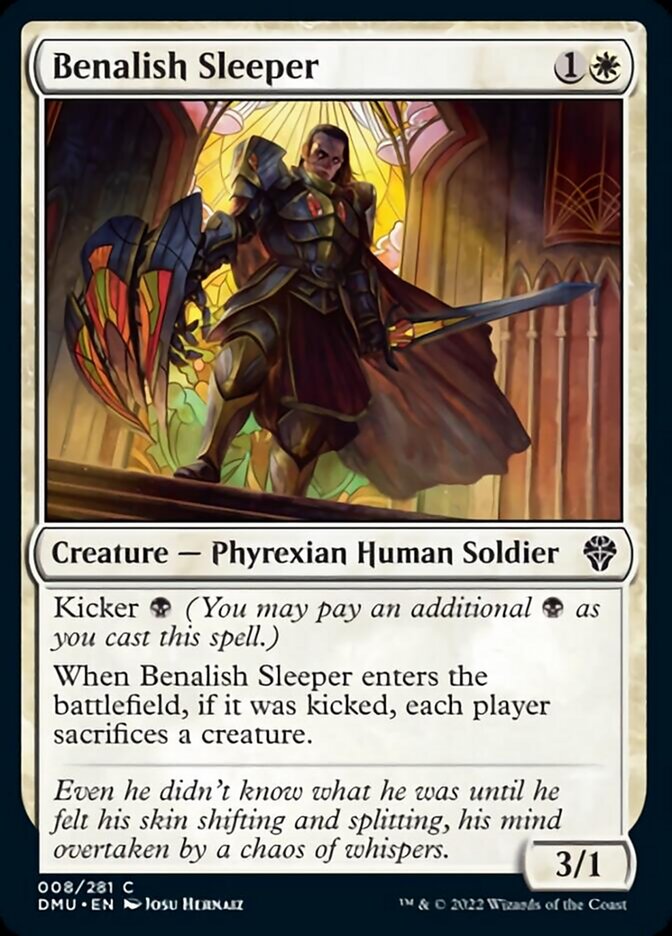
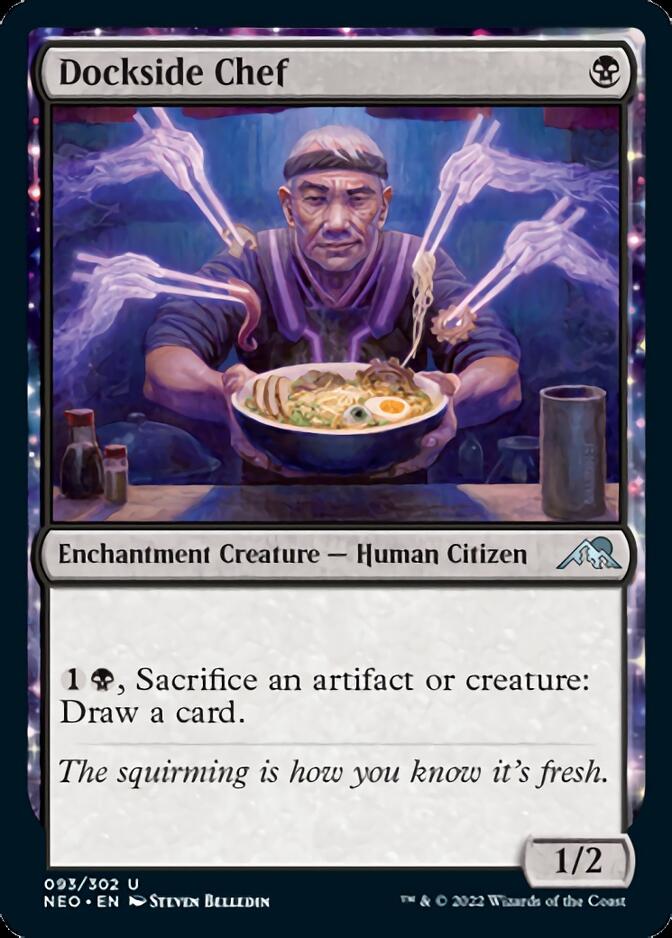
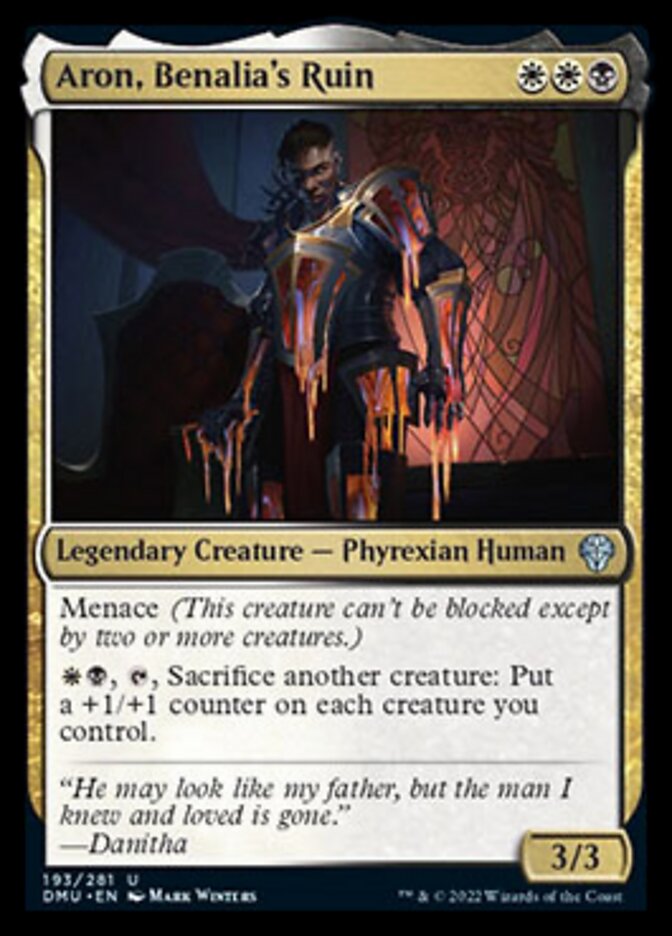

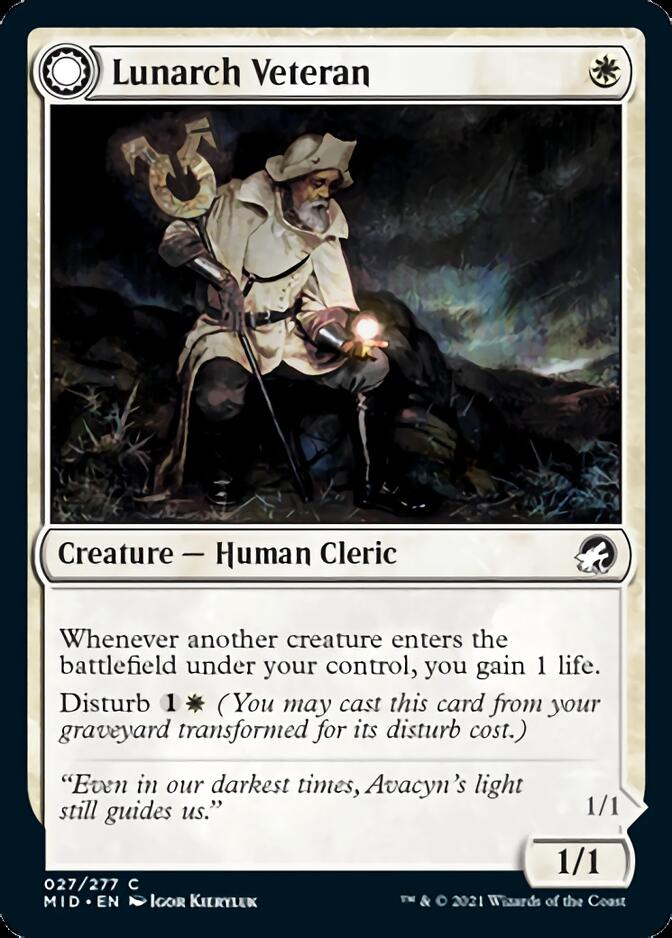
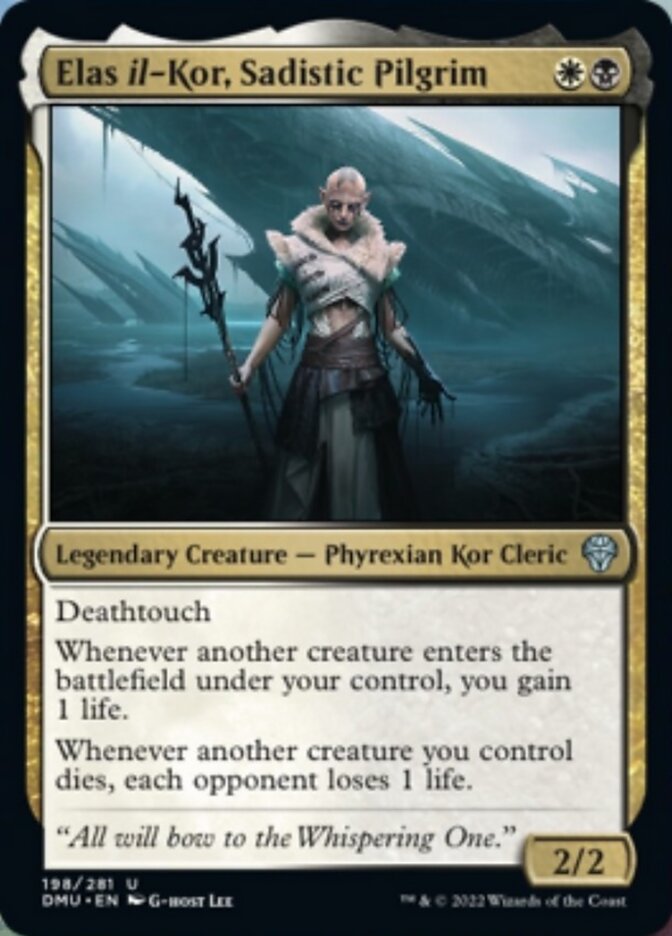
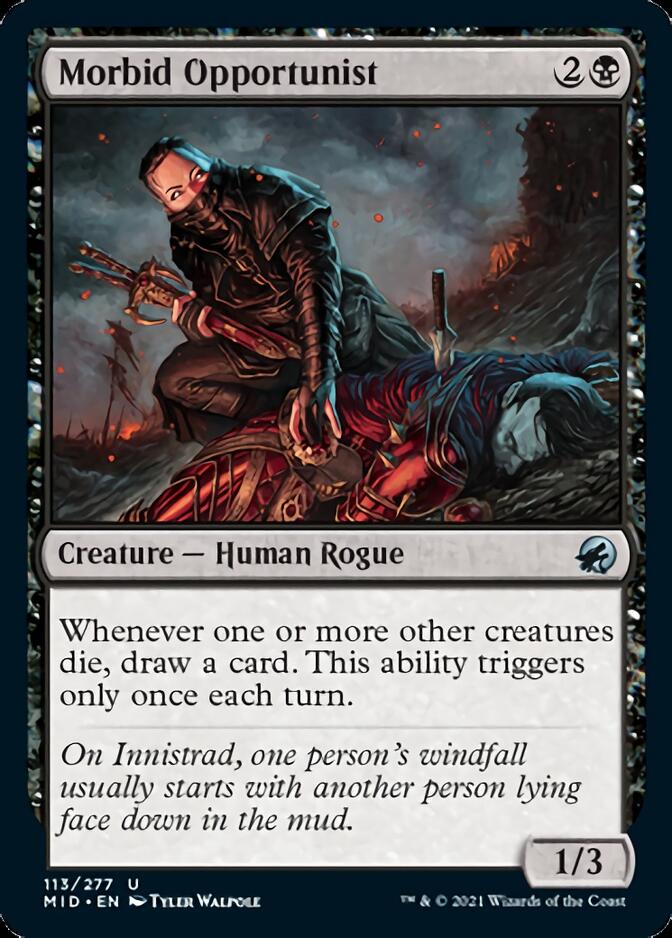




Did you test the new Braids in this deck? She seems like a natural fit for the deck, there’s plenty of creatures or tokens you don’t mind losing to her ability, and she’s really cheap to buy as well.